4 Nutritionists Explain How To Put Together A Healthy Lunch
Charlotte Stirling-Reed
Baby & Child Nutritionist says…
Aim For Balance
“A child’s packed lunch should include each of the four main food groups, starting with a portion of starchy carbohydrates, which could be a flatbread, bagel, pitta, pasta, potato, rice or couscous. A portion of fruit and a portion of salad or vegetables is also key, ideally bite-sized and pre-prepared. This could be tomato slices in a sandwich, quartered grapes or carrot batons. You’ll also need some form of protein – this could be eggs, beans, pulses or meat, while tinned fish such as salmon is also affordable and convenient as a sandwich filler or pasta topping. Don’t forget a portion of dairy – plain yoghurt, cheese or milk – and a drink for hydration. Bring this all together and a balanced lunchbox could be a wholewheat wrap with chicken slices, roasted red pepper, cheese and strawberries; or couscous with chickpeas, pepper, mozzarella and raisins.”
Use A Bento Box
“If your child is picky with their food, a lunchbox with different sections is a great idea. This can help with exposure and familiarity. Try to get your little ones involved in making their lunch, too – ask them to help with the shopping or spreading the butter.”
Upgrade Their Snack
“Guidelines suggest children between the age of one and five need snacks in-between meals to keep energy levels and nutrients topped up. Think of a snack like a mini meal, in the same way you would when building a lunchbox. Examples of balanced snacks are oatcakes with peanut butter and tangerine segments; mini tuna and cucumber sandwiches; and pancakes with cream cheese and quartered cherry tomatoes.”
Visit TheBabyShow.co.uk and follow @SR_Nutrition
Rachel Akuffo
Nutritionist says...
Make It Colourful
“Children eat with their eyes first and are far more likely to accept food when it looks fun and colourful. Fruit kebabs are a winner, and you can also try adding fun animal faces to sandwiches or buy eye food pickers from Amazon. Crunchy vegetable crudités are a great, colourful idea and make for a balanced snack when served with zero fat Greek yoghurt. Crunchy apples with a spoonful of nut-free chocolate spread always goes down well, too, and is a good alternative to sugary sweets. If your little ones enjoy some spice, homemade guacamole served with rice cakes also works. You can always swap the rice cakes with pastrami slices for a higher-protein option.”
Don’t Fixate On Calories
“Although the NHS recommends keeping snacks to 100 calories, don’t overthink this. Incorporating a calorie counting mentality can create a negative and restrictive relationship with food, so instead, encourage healthy choices and an active lifestyle so choices are positive. Remember, the type and quality of the foods matter more than the quantity. For example, carbs from vegetables are better than processed white pasta.”
Choose Drinks Wisely
“Water is essential for normalising a child’s temperature, keeping them hydrated and supporting digestion. Fruit infusion bottles can add flavour to water if your child struggles with plain water, but try to avoid squash, especially if it contains artificial sweeteners, which can deplete the good gut bacteria in a child’s growing microbiome. Rocks Organic Squash is a good alternative – although it does contain some cane sugar, a 100ml glass of diluted squash only contains 4g of sugar. During the summer months – whether on holiday or summer camp – or if you have an active child who doesn’t like to drink water, electrolytes that are caffeine-free and child-friendly are a useful way to quickly hydrate.”
Please Fussy Eaters
“If your child has a simple palate, lean ham in sprouted wholegrain bread is a healthy option. If a child is picky, they can be low in certain nutrients, so consider including fortified foods into their diet. Warburtons does a milk roll, which is rich in calcium and B vitamins – most children find them moreish. Banana bread is also a good option for fussy eaters.”
Use Your Freezer
“Frozen fruit kebabs and homemade lollies made with squash are a great way to cool down in the summer months. You can even try filling an ice cube tray with fresh juice and add fruit segments for fun and flavour. During the summer holidays, try challenging your children to make rainbow lollies, using orange, blackcurrant, apple and carrot juice. The trick is to add a small amount of juice, freeze for an hour and then add the next layer.”
Find Healthy Versions Of Family Favourites
“The choice in the supermarkets is better than ever. I rate brands like Nudie, while Source of Earth has great vegetable snacks. Also look out for Evolved Snacks, which offers natural fruit bites, and Rootles, which makes healthy chocolate snack bars using vegetables.”
Visit ProYouthNutrition.com
Sarah Almond Bushell
Registered Dietitian says…
Get Creative
“Freezing slices of watermelon on sticks is a simple but effective summer snack. As watermelon has a high water content, it makes a simple, healthy summer lolly. Also experiment making smoothies with milk or yoghurt and nut butter and freezing them, too. Shop bought fromage frais tubes (like Frubes) can also be frozen and popped into lunchboxes to keep food cool. You can eat them frozen at home, too.”
Stock Up On Healthy Snacks
“Snacks are where most people fall down nutritionally – an adult would be fine with just an apple or banana, but children need a more balanced snack. Oat-based cereal bars, cartons of milk, a slice of malt loaf with almond butter, and fun-sized chocolate bars are all good options. And yes, chocolate is on the menu – a few squares occasionally isn’t a problem for a child as long as the rest of their diet is balanced. Propercorn for Kids is also good. It contains a small amount of sugar but is free from salt, additives and preservatives.”
Visit ChildrensNutrition.co.uk and follow @TheChildrensNutritionist
Lucinda Miller
Naturopath says...
Think Wholegrain
“Brown forms of carbohydrates are more nutritious – I regularly stock up on seeded oatcakes, Clearspring sesame crackers and Amisa crispbreads. When it comes to making sandwiches, I rate Duchy Organic wholemeal bread and pitta breads, as well as Crosta & Mollica wraps, which have minimal additives. Try the wraps with cream cheese and fresh raspberries, peanut butter and banana, or hummus and grated carrot. Seeded oatcakes make a great snack – try pairing them with cream cheese and blueberries.”
Limit Sugary Drinks
“Fruit juice gets a bad rap, but now and then it’s fine, especially if the brand doesn’t contain added sugar. Most children can drink around one carton of juice per day as part of their overall sugar intake – try Pip Organic and Cawston Press. Avoid kiddie cordials, most of which are full of artificial sugars, which can be just as bad for mood and metabolism as sugar-fuelled drinks.”
Batch Cook
“Sweet or savoury muffins are a winner for lunchboxes – you can make a big batch and keep them in the freezer as they defrost quickly. My cinnamon apple muffins – made with coconut sugar, courgette, grated carrot, spelt flour and dried apricots – are a firm favourite. You can also make energy balls in batches and freeze them – my favourite recipe contains oats and dates for slow-release energy and fibre, and almonds and chia seeds for calcium for strong bones.”
Visit NatureDoc.co.uk and follow @NatureDocKids
Shop Our Selection Of Healthy Snacks...
DISCLAIMER: We endeavour to always credit the correct original source of every image we use. If you think a credit may be incorrect, please contact us at info@sheerluxe.com.
All products on this page have been selected by our editorial team, however we may make commission on some products.
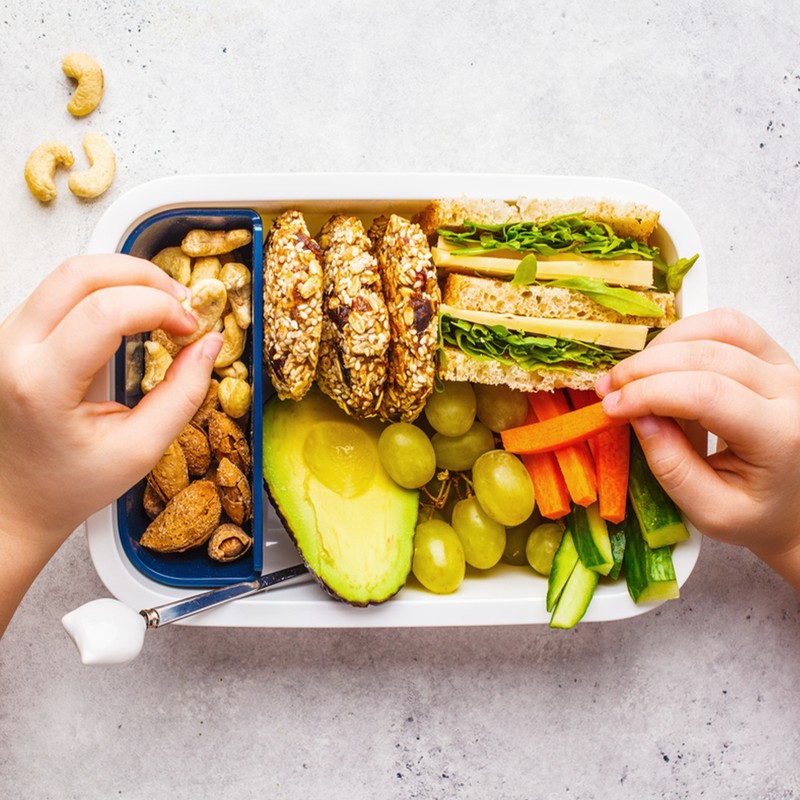


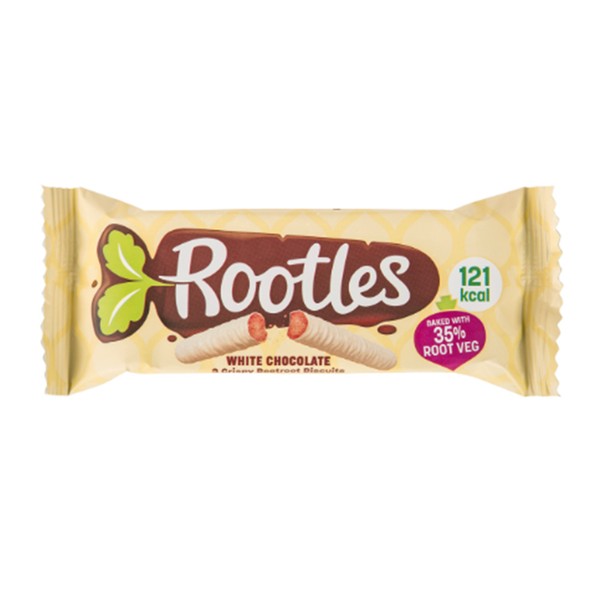
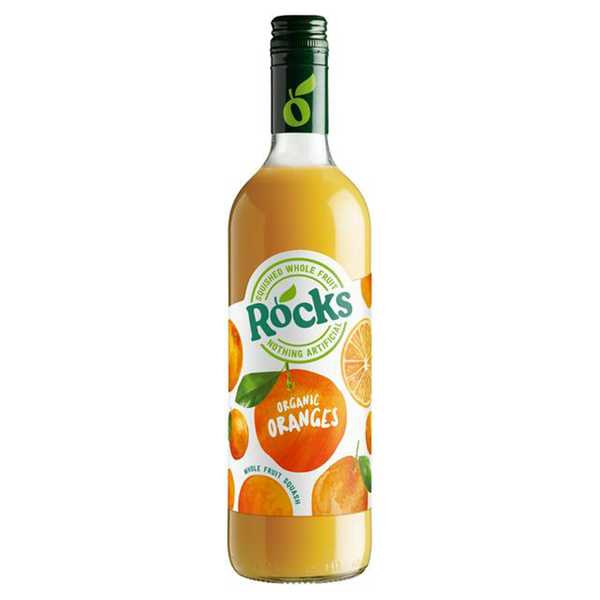
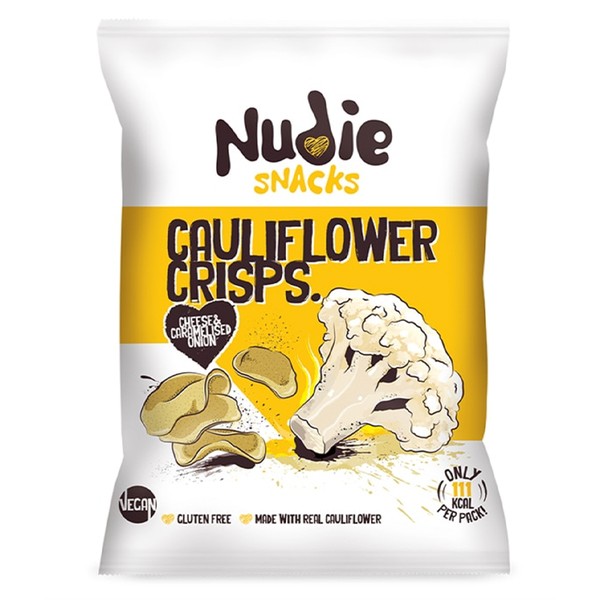
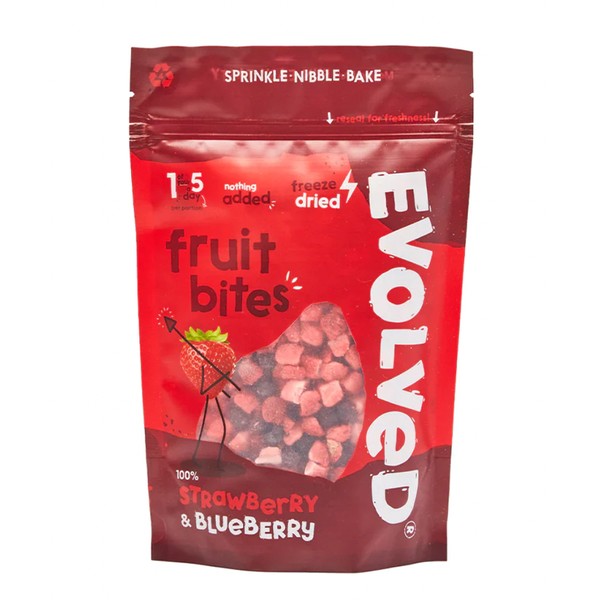
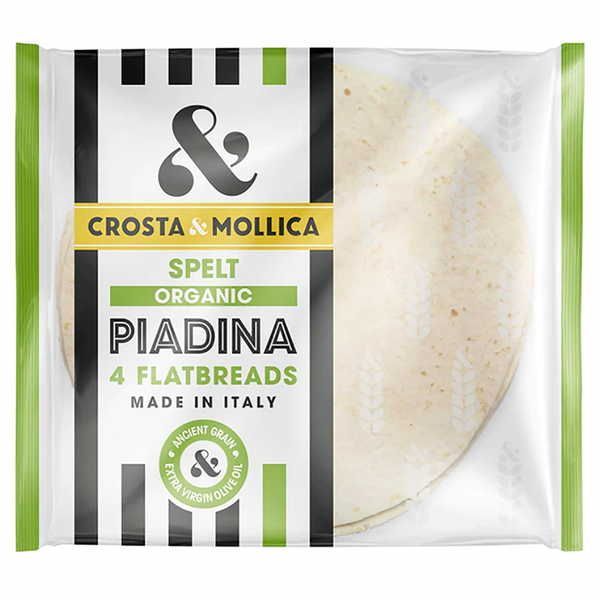
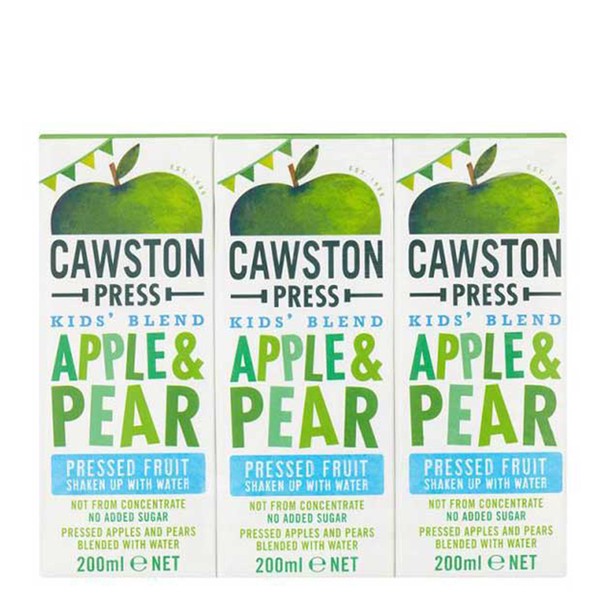
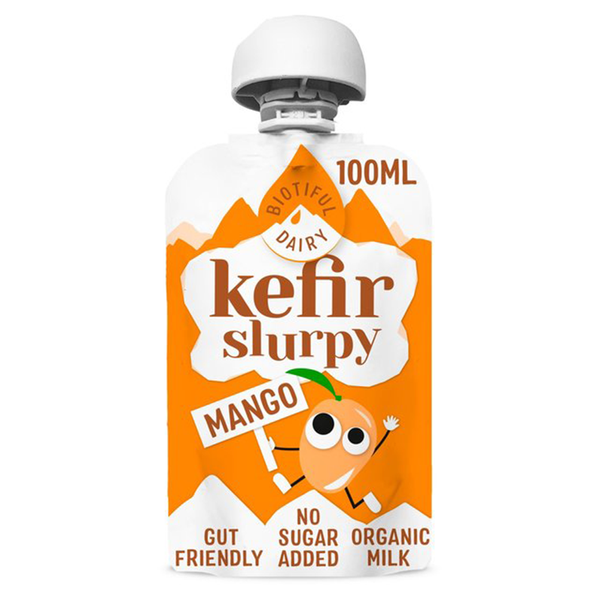

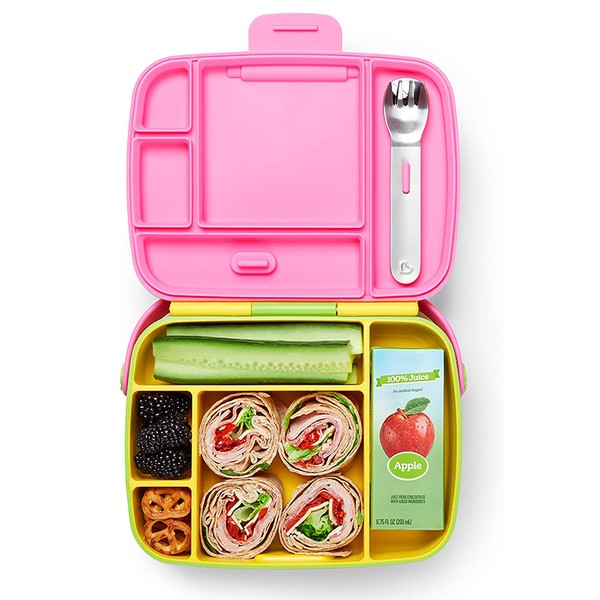
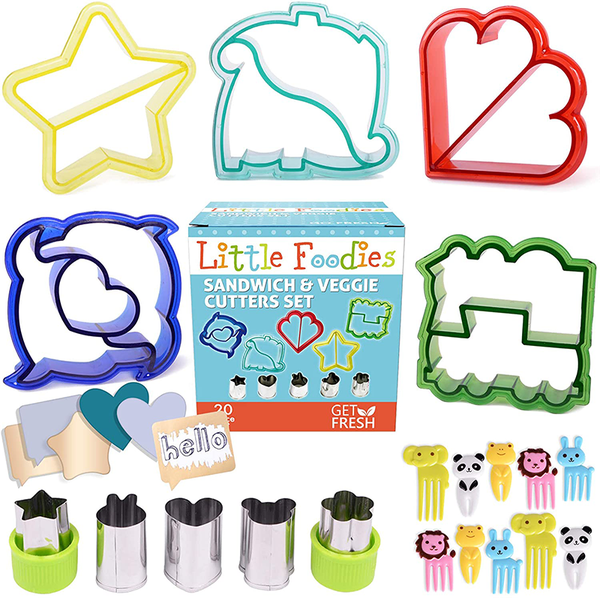
/https%3A%2F%2Fsw18.sheerluxe.com%2Fsites%2Fsheerluxe%2Ffiles%2Fwebsite-images%2F2025%2F04%2Fnew-parenting-background-image.jpg?itok=rRrLkJpg)